What the text books don’t tell you about Plato
September 15, 2011
Confused by Plato’s Cave and The World of Forms?
I watch with increasing amusement year on year as pupils trade indignant glances and remarks when they get to Plato’s cave and the World of Forms. It’s as if they cannot take the idea of the WoFs seriously. This in large part is due to its counterintuitive nature but maybe there is something being lost in translation here…
Plato was a rationalist and so if we remove the thought process that builds up to the belief in the ‘Forms’ then we may be doing him a disservice. On this reading I can quite see why the newbie to philosophy might find his ideas a little tough to stomach. However there are a number of key steps and ideas that are missing from the main text books that may help ease the troubled AS mind. The following are basics which (I believe) are necessary for AS students to gain a fuller understanding of Platonic thought.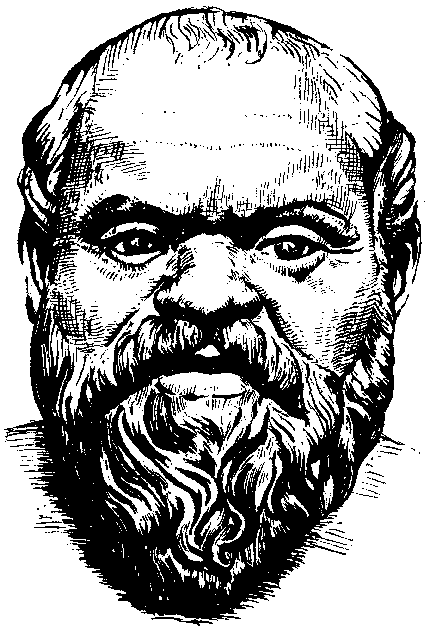
- The Greek belief in pre-existing matter
- The Socratic ‘Forms’ as the answers to the ‘What is it?’ questions
- And Heracliteanism’s doctrine that something is no more ‘x’ than it is ‘y’.
It is difficult to ascertain the difference between the ideas that Plato was discussing and what he may have actually believed. It seems as though, potentially, what we discuss with our students at AS is more Platonism rather than what Plato actually believed. Although AS and A2 philosophy is probably not the arena for this particular discussion so let us assume that the ideas below were what Plato actually believed to avoid unnecessary complications.
What is clear is that Plato lived with the world view that the universe existed in a state of pre-existing chaotic matter (which he believed to be inherently evil as which we will see later). This matter was in a state of constant flux.
Plato was following on from the Socratic tradition of dialogue to ascertain the truth of the universe. Socrates would often ask people what they believed made something ‘x’. For example, what makes a good citizen or just city etc. It became apparent to Socrates (although we only have Plato’s word for this) that there were concepts that existed independently of us human beings as any answers to the ‘What is it?’ questions (What is it that makes something beautiful? What is it that makes a good citizen or just city? Etc) were only ever partial explanations and so therefore begged the question. Plato continues in this tradition but with one further addition. This can be seen in the pre-Socratic philosopher Heraclitus.
Heraclitus came up with a doctrine that, when combined with the Socratic ‘Forms’ described above, give us the Platonic ‘Forms’ as we might understand them today. This doctrine can be summarised as follows: “Something is no more ‘X’ than it is ‘Y’.” So what does this mean and why is it relevant to Plato’s World of Forms?
Plato wants to understand the world through reason. He is searching for Truth (as his teacher before him). But he cannot accept that Truth could change. The physical world as he understood it could not provide this Truth for a number of reasons. Firstly it was in a state of constant flux and so any truth found in this realm would be subject to change. So because of he views on the usefulness of matter in the discovery of truth, he labels matter as inherently evil which causes him to distrust the physical realm. Secondly he believes that we cannot find the answers to what makes something ‘X’ or ‘Y’ in this realm because we can only ever find partial explanations according to Socrates (hence the Socratic forms) but more importantly because something is no more ‘X’ than it is ‘Y’. It is this doctrine of Heracliteanism that can really unlock Plato’s ideas by making his thought process much clearer.
Let us imagine that you have a very tall student and a very short student. You bring them up to the front of the class and ask them if they think they are ‘short’ or ‘tall’. If they rely ‘short’ or ‘tall’ ask them to think of as many examples of where they would be considered ‘taller’ or ‘shorter’ than other things. The answer is that it doesn’t make sense to say they are ‘short’ (X) when there are literally millions of examples where they might be considered ‘taller’ (Y) than these things. But equally it makes very little sense to then conclude that they are in fact ‘tall’ (Y) when they are just as many examples of where they are ‘shorter’ (X) than things. This is the doctrine of Heracliteanism: “Something is no more ‘X’ than it is ‘Y’.”
This means that in order to understand ‘shortness’ or ‘tallness’ then we must look to a realm beyond the physical as the answers (according to Plato) cannot exist in a physical, changeable realm that is inherently evil. This is why he concludes that TRUTH must be found in a non-physical realm that is immutable.
To recap more simply Plato uses the following reasoning process in pursuit of Truth:
- The physical world is in a constant state of flux and is inherently evil (as it cannot contain any real knowledge).
- Plato borrows the Socratic ‘Forms’ which are the fabled answers to the ‘What is it?’ questions that Socrates asked people for
- And uses Heracliteanism’s doctrine that something is no more ‘X’ than it is ‘Y’ to demonstrate that the TRUTH cannot be found in the physical realm
- Therefore there must exist a non-physical immutable realm that contains the TRUTH and the answers to the ‘What is it?’ questions – This is Plato’s World of Forms.
In my experience if your students are armed with this as an introduction to Platonic thought then it makes more sense for them. There is less disbelief and a fuller understanding.

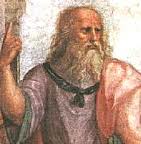

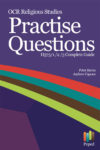
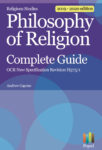

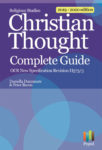
0 Comments